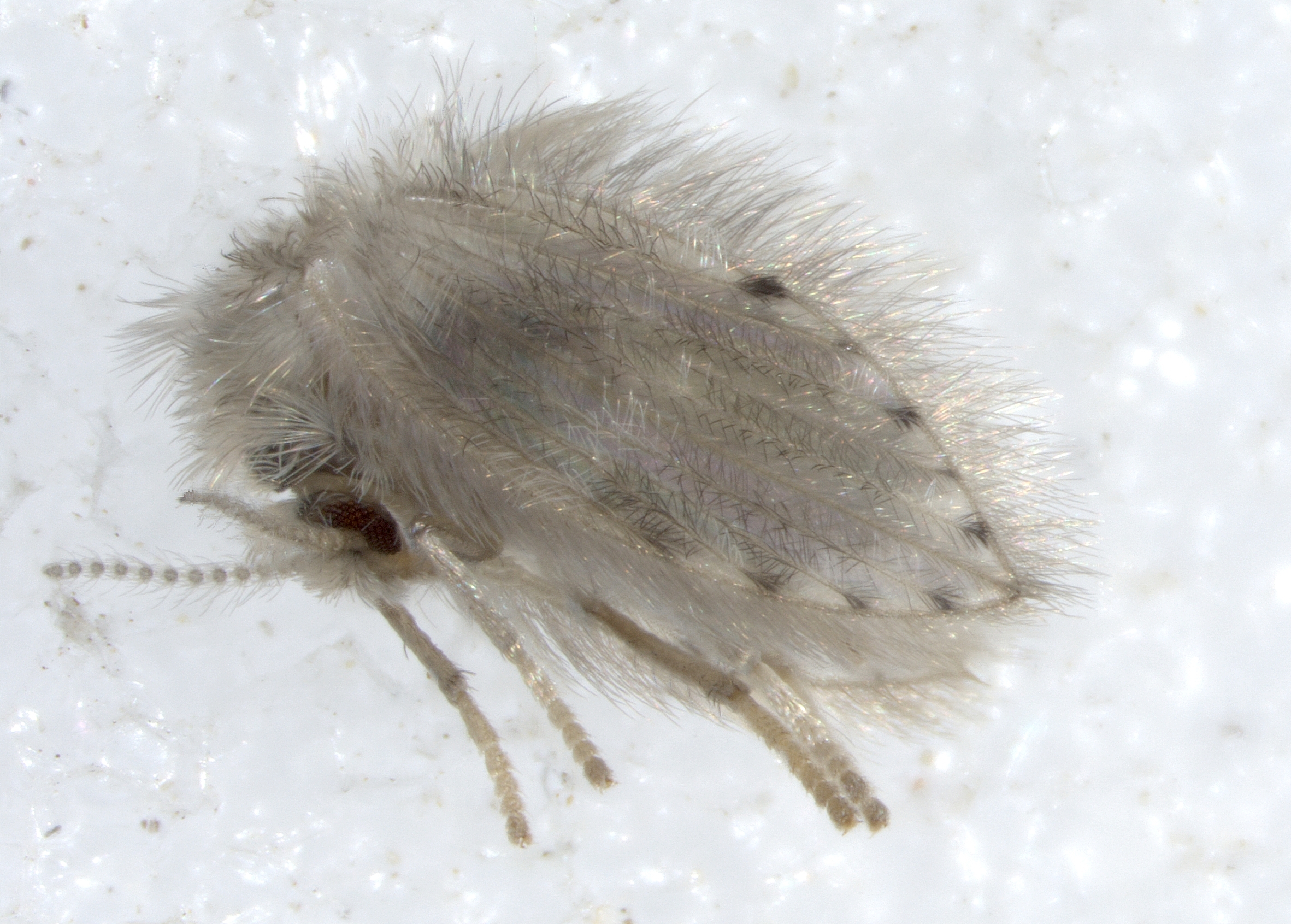
Two new species of insects were discovered in the Dunele Marine – Agigea reserve in Romania. It is about two flies, the length of which does not exceed 3 mm. The discovery was made by researchers of the Marine Biological Station “Prof. Dr. Ioan Borča” from Agija, “Alexandru Ioan Kuza” University from Iași in cooperation with 2 specialists from Slovakia and the Czech Republic.
In English, these two types of insects are known to the general public as “moth flies”, which translates as “moth flies”, which makes us think of their appearance, similar to moths.
- “As little-studied insects in Romania, these 2 species still do not have a popular name, but they have a scientific name valid in all countries of the world: Clogmia albipunctata and Atrichobrunettia graeca. Clogmia albipunctata is an invasive species in Europe and implicitly in Romania. He is also a synanthropus (that is, he lives near populated areas).
- Currently, probably most houses in Romania have or had in the past this species in the house, which is usually found in rooms with a higher degree of humidity, such as bathrooms.
- Since the study of these small insects requires experience and detailed microscopic examination of samples, they are little studied in our country.
- This explains why this species is only now being officially reported from Romania, in a scientific paper, as it has probably been present here for at least several years,” the press release said.
Atrichobrunettia graeca is a rare species whose biology is still unknown to researchers.


“As its scientific name suggests, it was opened to science in Greece for the first time relatively recently, in 1993. Now he is known from Greece, Albania, the Czech Republic, Great Britain, Ireland, and recently from Romania. from the protected natural area Sea Dunes from Agygea. The larvae of these midges are important elements of the food chain, being decomposers of organic matter in nature, especially in humid areas. In addition, both larvae and adults are a source of food for other living creatures,” said a press release sent by the Dunele Marin de la Ajija Nature Reserve.
This discovery once again shows the need for the existence and preservation of intact protected areas in Romania, they undoubtedly contain many species of invertebrates waiting to be discovered, which is one of their last refuges in Europe, the researchers conclude.
The protected natural area “Sea Dunes of Agygea” is located within the marine biological station “Prof. Dr. Ioan Borcha” belonging to the “Alexander Ioan Kuza” University in Iasi (UAIC). It can be visited every day from 08.00 to 18.00.
Photo Source: Image submitted by Ioan Borča Marine Biological Station, Agija. Author: Alexandru Pintilioae
Source: Hot News
Ashley Bailey is a talented author and journalist known for her writing on trending topics. Currently working at 247 news reel, she brings readers fresh perspectives on current issues. With her well-researched and thought-provoking articles, she captures the zeitgeist and stays ahead of the latest trends. Ashley’s writing is a must-read for anyone interested in staying up-to-date with the latest developments.